Search

Four young men are cited in a kiosk during a rainy afternoon. One has to study and the other three go to the cinema, although they are not allowed to entry because their young age. The group consists of Andrés, who works as bellboy in a hotel and dreams of becoming a bullfighter; Chispa, who follows the orders of an old grumpy man; Carlos, a student; and Negro, a shy boy. All they want is to have fun; but reality forces them to confront the problems of the adult world.

Three mothers see their reality become completely, they are: Ruth, whose teenage son, Raul, faces problems with drugs; Elisa, trying to make up for the absence of her husband giving full attention to the child, the little Theo, and Lara, teacher who faces the dilemma of an unplanned pregnancy. These three women, living in different times of their lives, seeking comfort next to Chico Xavier. And Karl reporter remains insisting on interviewing the medium, even without being prepared for it.

Twenty years after his death, Chico Xavier, from Minas Gerais, has his life told in the documentary “Chico Para Sempre”, directed by Wagner de Assis (Nosso Lar; Kardec) and with the participation of journalist Marcel Souto Maior, author of one of the most successful biographies of the medium.
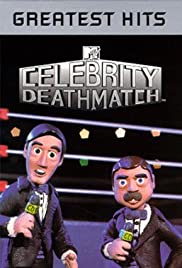
Celebrity Deathmatch is a claymation television show that depicts celebrities against each other in a wrestling ring, almost always ending in the loser’s gruesome death. It was known for its excessive amount of blood used in every match and exaggerated physical injuries.
The series was created by Eric Fogel; with the pilots airing on MTV on January 1 & 25 1998. The initial series ran from May 14, 1998 to October 20, 2002, and lasted for a 75-episode run. There was one special that did not contribute to the final episode total, entitled “Celebrity Deathmatch Hits Germany”, which aired on June 21, 2001. Professional wrestler Stone Cold Steve Austin gave voice to his animated form as the guest commentator. Early in 2003, a film based on the series was announced by MTV to be in the making, but the project was canceled by the end of that year.
In 2005, MTV2 announced the revival of the show as part of their “Sic ‘Em Friday” programming block. Originally set to return in November 2005, the premiere was pushed back to June 10, 2006 as part of a new “Sic’emation” block with two other animated shows, Where My Dogs At and The Adventures of Chico and Guapo. The show’s fifth season was produced by Cuppa Coffee Studios and the premiere drew over 2.5 million viewers, becoming MTV2’s highest rated season premiere ever.


Curral is a political drama set in the rural Brazilian city of Gravatá. During the mayoral elections, the population is divided between the Blue and Red parties, two political oligarchies fighting each other for power. A recent severe drought means water is the main bargaining chip when it comes to securing a majority of people’s votes. Chico Caixa is a former city employee. He lost his job trying to take water supplies to a poor neighborhood which had been abandoned for political reasons. Caixa is invited by a childhood partner, Joel, to work on his councilor campaign. Joel presents himself as a new alternative to the older candidates, who have been in power for decades. But as the campaign progresses, Chico Caixa soon realizes that breaking apart from the established political game is not always as easy as it may seem

If you thought TV shows in which audiences and juries judge musical acts were a relatively new phenomenon, you’d better think again. In the 1970s, such “festivals” were incredibly popular in Brazil. They were recorded before a live studio audience, and usually featured a number of elimination rounds. They also formed the springboard for the career of many a big-name star, such as Chico Buarque, Caetano Veloso, Roberto Carlos and Gilberto Gil. Appearing on such a program was no cakewalk, however: audiences could be as wild in their condemnation as in their appreciation of an artist. Extensive archive footage (including performances and behind-the-scenes interviews) from a turbulent final of the Festival of Brazilian Popular Music one evening in 1967 paints a fascinating picture, not only of the transformation of Brazilian music into real “festival” music, but also of a society starting to buck against the yoke of military rule.

Charlie is a former classical pianist who has changed his name and now plays jazz in a grimy Paris bar. When Charlie’s brothers, Richard and Chico, surface and ask for Charlie’s help while on the run from gangsters they have scammed, he aids their escape. Soon Charlie and Lena, a waitress at the same bar, face trouble when the gangsters arrive, looking for his brothers.
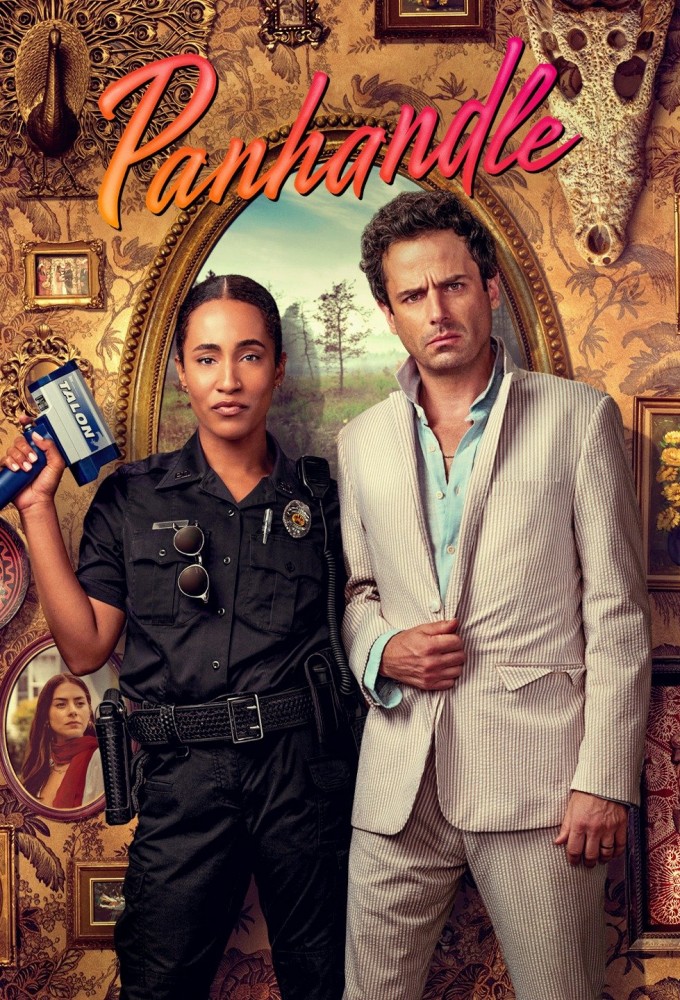
Since personal tragedy struck five years ago, loquacious, eccentric Bell Prescott hasn’t left the rambling property on the Apalachicola River that he shares with his mother.
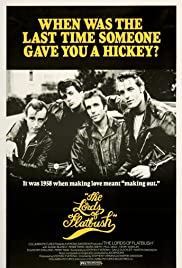
Directed by Martin Davidson and Stephen Verona, The Lords of Flatbush is a low budget film starring Perry King, Henry Winkler and Sylvester Stallone (who also wrote additional dialog). Set in the late 1950s, the coming-of-age story follows four Brooklyn teenagers known as The Lords of Flatbush. The Lords chase girls, steal cars, play pool and hang out at a local malt shop. The film focuses on Chico (King) attempting to win over Jane (Susan Blakely), a girl who wants little to do with him, and Stanley (Stallone), who impregnates his girlfriend Frannie, who wants him to marry her.
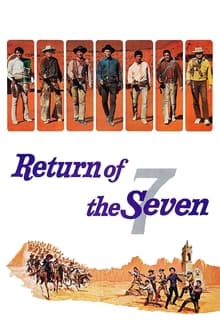
Chico one of the remaining members of The Magnificent Seven now lives in the town that they (The Seven) helped. One day someone comes and takes most of the men prisoner. His wife seeks out Chris, the leader of The Seven for help. Chris also meets Vin another member of The Seven. They find four other men and they go to help Chico.
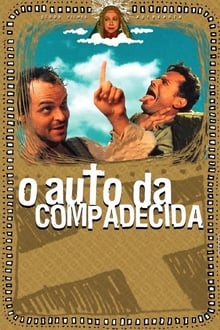
The lively João Grilo and the sly Chicó are poor guys living in the hinterland who cheat a bunch of people in a small Northeast Brazil town. But when they die, they have to be judged by Christ, the Devil and the Virgin Mary, before they are admitted to paradise.